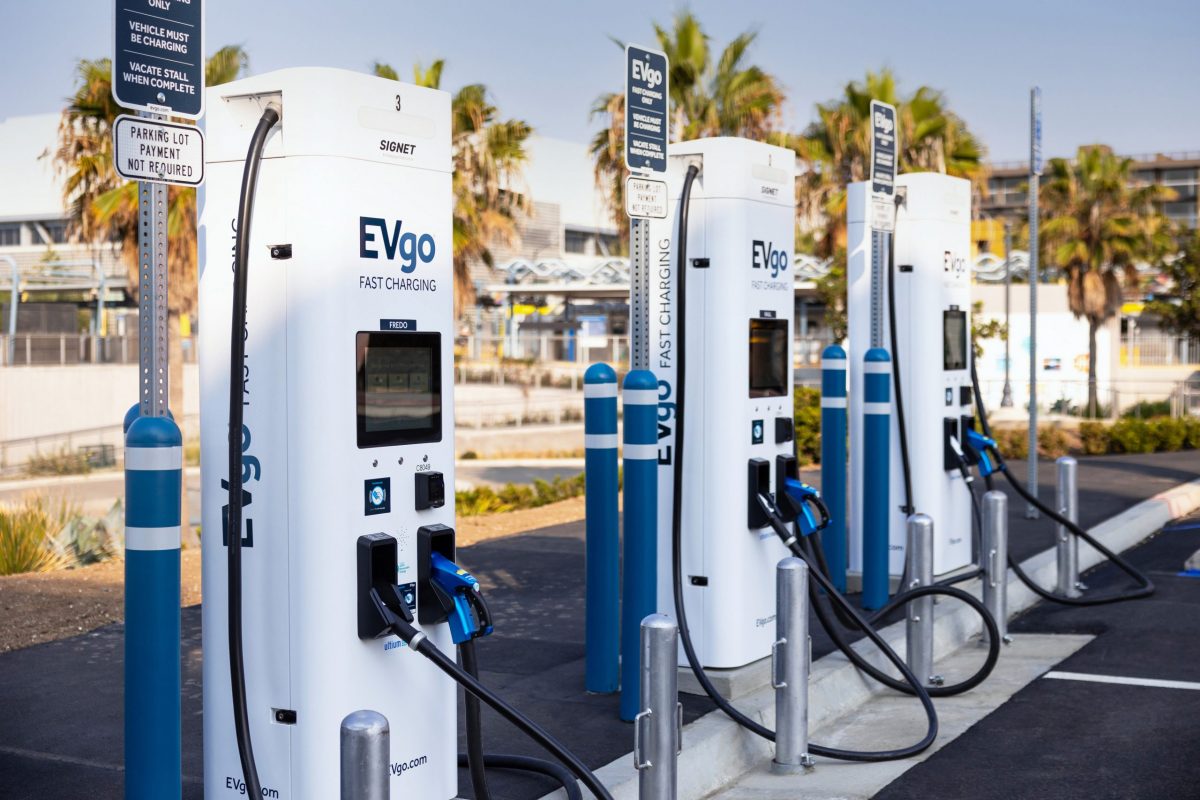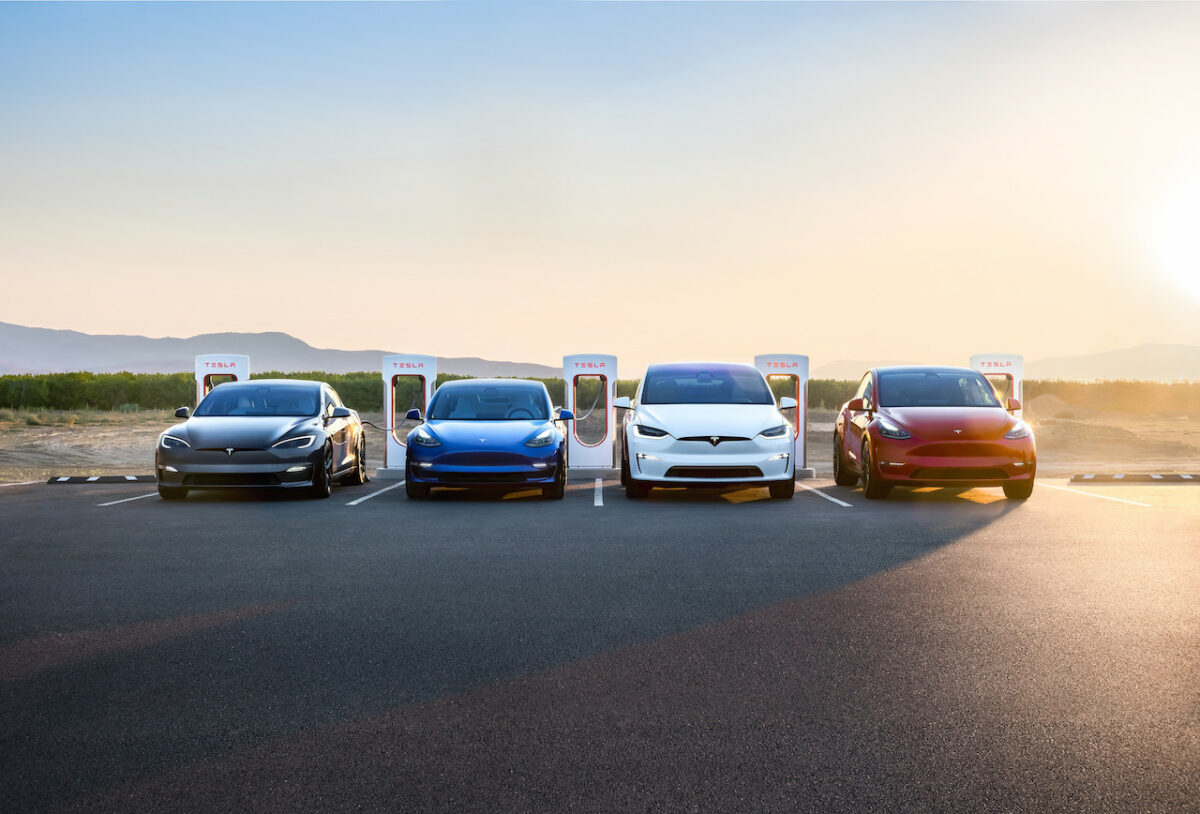Over the last two or three years, there has been a fascinating array of electric car projections, predictions and product announcements from most of the major global vehicle manufacturers.
By 2025, if all of those announcements make it to market, BMW Group, Daimler, Hyundai and Kia, the Renault Nissan Mitsubishi Alliance and the VW Group – to name but a few – could put a good 80 battery EVs (BEVs) into the market.
Add to that the broader range of electrified vehicles, which include plug-in hybrids and fuel cell EVs, as well as other offerings hinted at by the major mainstream and smaller brands, and there could easily be 130 new electrified models on offer by the middle of the next decade – if not more.
The challenge for stakeholders is to present electric cars as an attractive option, boost consumer consideration of EVs, and market the vehicles not just as a clean alternative, but also a viable alternative to combustion-engined cars
There are, however, currently 20 or so mainstream BEVs on the market, and that market is a fraction of what had been expected when the first of the current generation of EVs hit the roads around 2010.
The largest market for electric vehicles is China, where some 777,000 EVs, including plug-in hybrids, were sold in 2017, up by around 94% over 2016. The Chinese EV market, which is dominated by BEVs, is a larger EV market than Europe and the US combined. Globally, EV sales passed the million-unit mark for the first time in 2017, according to McKinsey. Remember, though, that at the start of the decade, Angela Merkel and Barack Obama both called for a million EVs on their respective streets by 2015. At the end of 2017, just shy of 130,000 plug-in cars had been registered in Germany since 2010, and barely six times that in the US over the same period. Clearly, we are well short of those initial targets.
However, with automakers under pressure from emissions regulators, city and regional municipalities keen to improve their air quality, the mainstream media with a newfound interest in vehicle propulsion and consumers keen to drive cleaner vehicles, it looks almost inevitable that electrification will play an increasingly important role in the future of mobility.
The challenge for stakeholders is to present electric cars as an attractive option, boost consumer consideration of EVs, and market the vehicles not just as a clean alternative, but also a viable alternative to combustion-engined cars.
Growing a market hampered by uncertainty is a challenge, and that challenge is made greater by confusion surrounding threats to subsidies from the same governments that are pushing for increased electric car sales
Uncertainty remains a major factor in the limited interest in EVs. Upfront cost – currently alleviated by subsidies and incentives – along with range anxiety, home and work-place charging challenges, and a fear of the unknown remain high on the list of market-limiting concerns.
Understanding the environmental impact of an electric car is part of the battle. Whilst the automotive industry continues to defend its position in the discussion over the cleanliness of the source of power used to charge the batteries, vehicle life cycle analysis will help to settle the debate. Growing interest in EVs will also help to shape the discussion, but growing a market hampered by uncertainty is a challenge, and that challenge is made greater by confusion surrounding threats to subsidies from the same governments that are pushing for increased electric car sales.
To find out more about the challenges and opportunities facing stakeholders on the path to the electric car, download Automotive World’s latest research, Special report: The path to the electric car



